Hand Carved Torpedo Clubs
Andrew Vogelsang from South Africa makes Indian Clubs by recycling wood. This time consuming process produces very unique clubs. The wood displays individual imperfections like knots and rings, which only adds to the look and beauty of these clubs.
Hand Carved Torpedo Clubs. Having found suitably shaped timber, the process begins.
These clubs are hand carved from some worm-infested grey ironbark. The basic shaped roughed out and ready for finishing.
The ends have been varnished to reduce splitting while the wood dries. The clubs are 66 cm in length (i.e. 26″) and weigh 1.2 kg.
The clubs finished at 66cms or 26″ present a new swinging experience, when different length clubs are compared, it becomes very apparent that there is a huge difference in handling.
Andrew Vogelsang commented that he has discovered the joy of swinging long and slender clubs. Noting that the 26″clubs swing differently to shorter clubs having the same weight.
In my opinion the reason is SPEED.
Based on equal weight.
Consider a standard 18″ club, and add the length of an arm holding the club say 25″ (shoulder to hand), that gives us a total of 43″.
The longer 26″ club added to the length of an arm holding the club at 25″, gives a total of 51″.
The total of the arm and club combined gives the radius of the circle.
If the two different lengths are swung at roughly the same speed, the shorter club will travel slower than the longer club.
The longer club will travel faster, because the athlete has to exert more effort to move the weight that is further away from their body and the club will feel heavier.
The same theory can be applied to Choking (shortening) an Indian Club which is used to change the sizes of circles, be it straight arm, elbow or wrist.
The excerpt below gives an explanation from a PHYSICS point of view
For instance, the equation suggests that for objects moving around circles of different radius in the same period, the object traversing the circle of larger radius must be traveling with the greatest speed. In fact, the average speed and the radius of the circle are directly proportional. A two fold increase in radius corresponds to a two fold increase in speed; a three fold increase in radius corresponds to a three fold increase in speed; and so on. To illustrate, consider a strand of four LED lights positioned at various locations along the strand. The strand is held at one end and spun rapidly in a circle. Each LED light traverses a circle of different radius. Yet since they are connected to the same wire, their period of rotation is the same. Subsequently, the LEDs that are further from the center of the circle are traveling faster in order to sweep out the circumference of the larger circle in the same amount of time. If the room lights are turned off, the LEDs created an arc that could be perceived to be longer for those LEDs that were traveling faster – the LEDs with the greatest radius. This is illustrated in the diagram at the left.
Source:- The Physical Classroom to read the full article.
Here is another pair of clubs hand carved by Andrew. These cylindrical clubs are 29″ long. Andrew says that they are too long for doing double inner or outer mills, so he finds himself limited to doing alternate mills and circles. However they are wonderful to swing in a slow and lazy manner if you want to zone out and do some contemplative introspection.
Andrew’s next project is to make a pair of meels out of driftwood, using only hand tools, and here is one of these clubs taking shape.
Andrew Vogelsang has promised more pictures, and I will keep you posted as to when this happens.
Please visit Andew’s website http://cococlubs.weebly.com/
Don’t forget to leave a comment about this post, as I am always interested in what you think.
Visit us on YouTube:- INDIAN CLUBS and how to use them by Paul Taras Wolkowinski
Like us on FaceBook:- INDIAN CLUBS on FaceBook
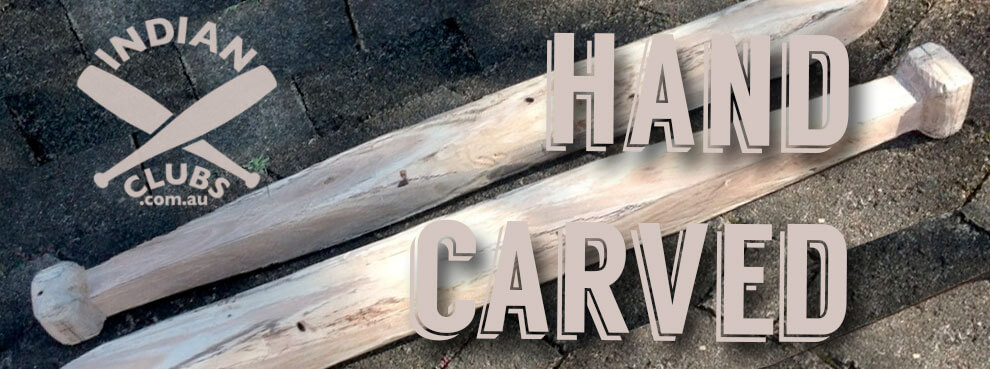
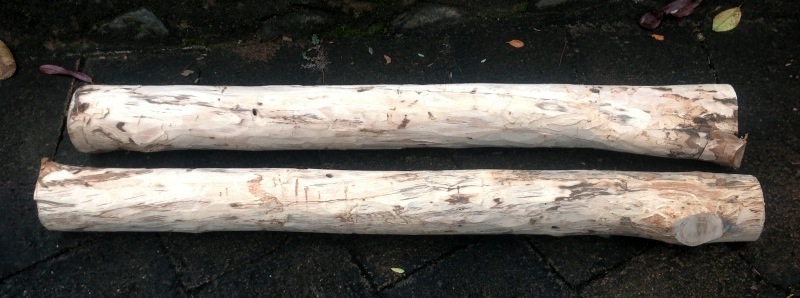
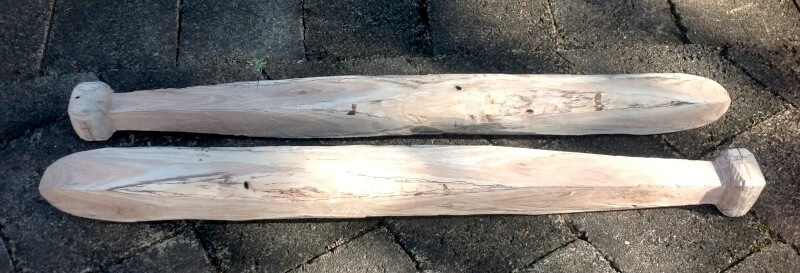

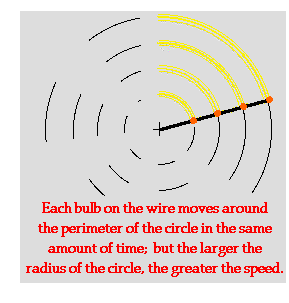

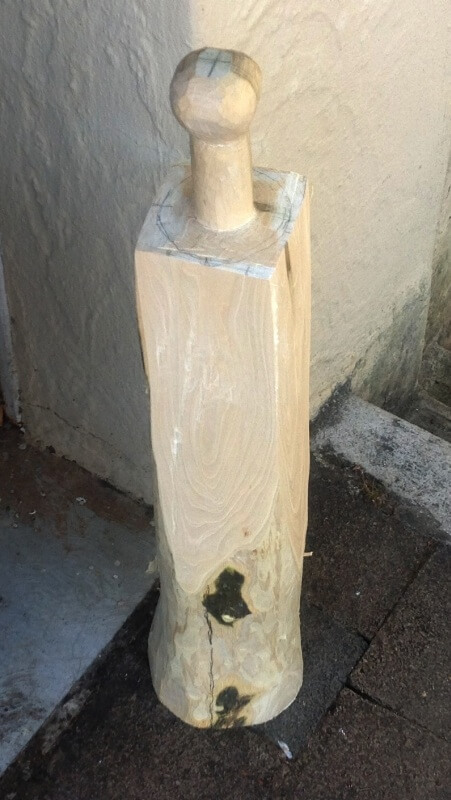
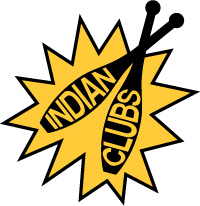
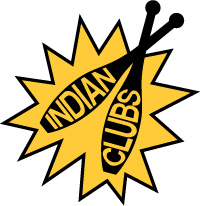
Very nice! I’ve hand tooled a couple of clubs myself, but left them in a considerably rougher state. I like this design a lot.
I would love to see a photo Wayne, and a description of the wood you used, the approximate weight and length of your clubs.
That’s quite impressive , thanks for share
Thanks Ze, I think it’s great to look at all aspects of Indian Clubs.